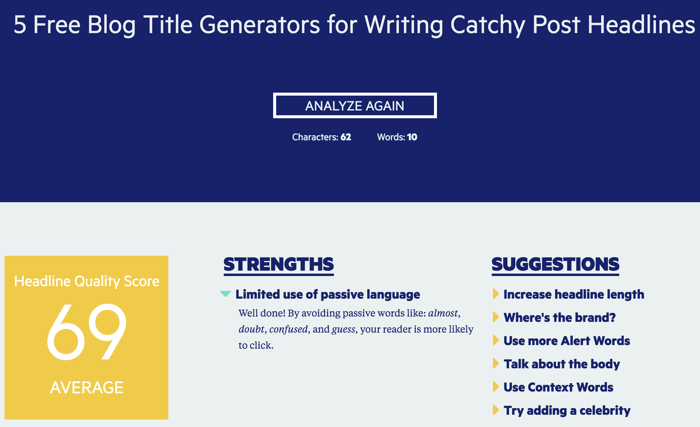

Headline testing can lift engagement for each article that’s tested. The most significant approach is a quantitative one.

We know that testing drives value in a few different ways. The knowledge from a single test can have a huge impact on a publisher’s overall ability to develop content that engages and converts, and it isn’t necessary for publishers to run thousands of headline tests each week to generate valuable insights. For smaller magazine publishers and trade publications, headline testing may be a much more simple affair, with just two or three variations tried out for each headline. Viral publishing websites like Upworthy are known to test as many as 25 headlines for each article. At large magazines and media organizations, editorial teams will sometimes run thousands of optimization tests in a single week. Specially-designed platforms can be used to determine which headlines perform best, and display whether the value of headline testing is declining over time, as editors gain enough knowledge to intuitively know which titles to select.ĭifferent publishers will often take their own approaches to headline optimization. Content intelligence platforms like Chartbeat and analytics platforms like Google Analytics can both be helpful for publishers who are trying out headline testing for the very first time. The most challenging part of headline testing is finding the time to measure the data that publishers collect. This is especially important for online magazine publishers that want to make sure they’re putting out content with the highest-possible reader impact. Headline testing is what happens when editorial teams try out multiple title variations for an article to see which one performs best.Īs a digital publisher, headline testing can be incredibly helpful when it comes to identifying which headlines are being clicked on and which headlines are leading to engagement with the content itself.


 0 kommentar(er)
0 kommentar(er)
